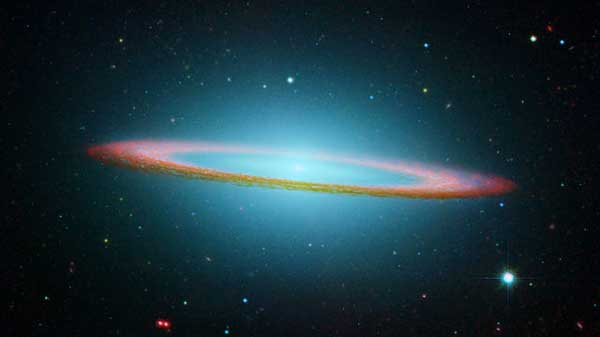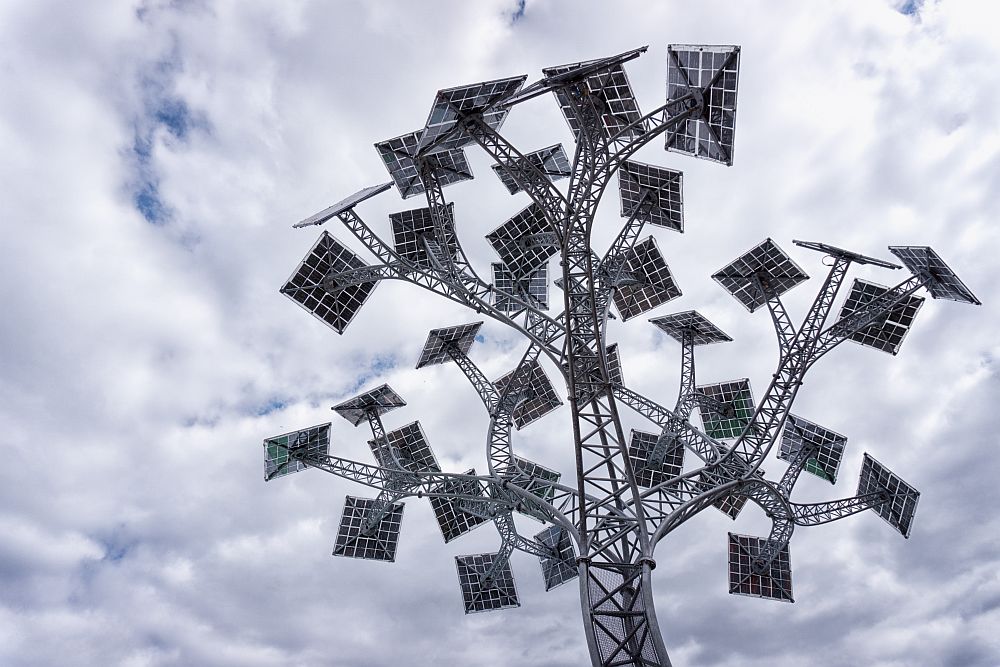
[Image above] Credit: Argonne National Laboratory on Flickr (Creative Commons License).

A partnership between the DOE’s Joint Center for Energy Storage Research, housed at Argonne National Laboratory (pictured above), and NASA Glenn Research Center seeks to develop next-generation batteries that will help meet NASA’s “aggressive goals” for the space program. Credit: Argonne National Laboratory on Flickr (Creative Commons License).
There are few situations in life where two aren’t better than one.
So the recently announced collaboration between the Department of Energy’s Joint Center for Energy Storage Research (JCESR), located at Argonne National Laboratory (ANL), and NASA Glenn Research Center spells good things for batteries, which are poised to receive a double-dose of expertise from two of the country’s top research entities.
Together, “JCER’s deep knowledge of the basic science in energy storage research with NASA Glenn’s expertise engineering battery technology with aerospace applications” will spark the development of “next-generation batteries” (i.e., not lithium-ion) that will certainly make their way to space.
“The beyond lithium-ion space is rich with opportunity and mostly unexplored,” says George Crabtree, director of JCESR, in an ANL press release. “In this collaboration, JCESR will share fundamental research results with NASA, enabling them to develop technologies that benefit the space program and, ultimately, society as a whole through commercialization opportunities with a wide range of applications.”
Applications already identified include “Extravehicular Activity suits, exploratory rovers and green aviation,” though continued research and development could reveal opportunities not yet imagined.
So what’s wrong with Li-ion? Nothing, per say.
Today’s batteries—commonly used in everything from consumer electronics to electric cars—hold twice as much power as their 1991 counterparts, and the global market is expected to reach $33.11 billion in 2019. But even when pushed to their maximum storage potential, they’re no match for the needs of NASA. The agency’s “aggressive goals” for the space program require “next-generation batteries with energy capabilities beyond those of lithium-ion batteries.”
Do you think a next-gen battery could find application outside of space—or will Li-ion forever remain standard here on Earth?
While you’re busy contemplating (or commenting), check out the interesting developments in the search for a “breathable” battery that could someday replace Li-ions in electric vehicles. (Hat tip to fellow editor April for the link. Two associate editors are most definitely better than one!)
Author
Jessica McMathis
CTT Categories
- Aeronautics & Space
- Energy


